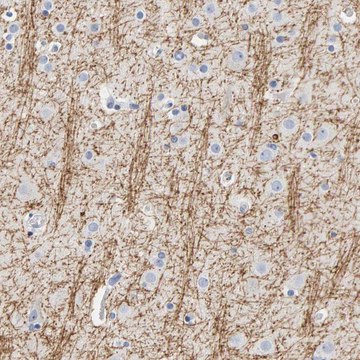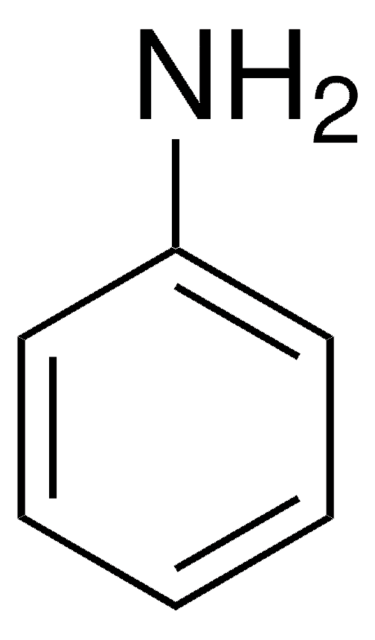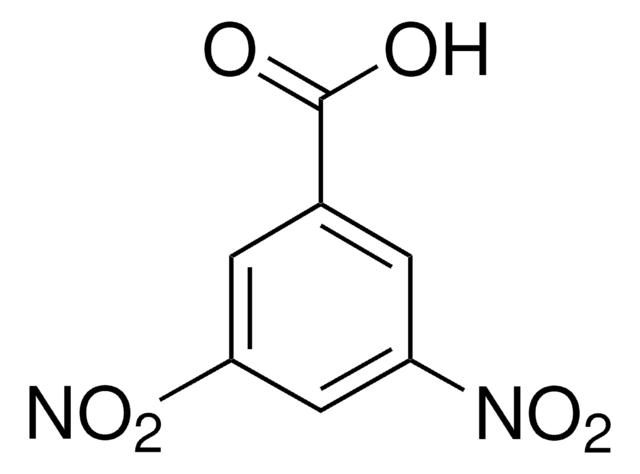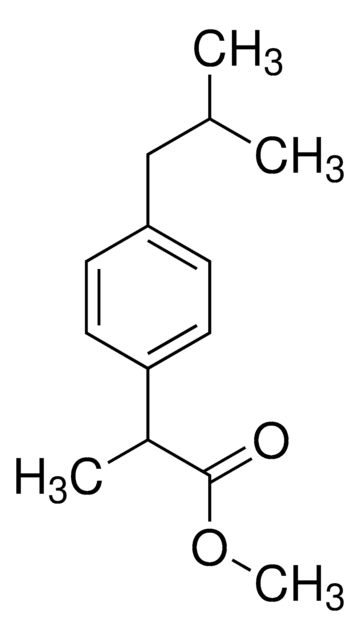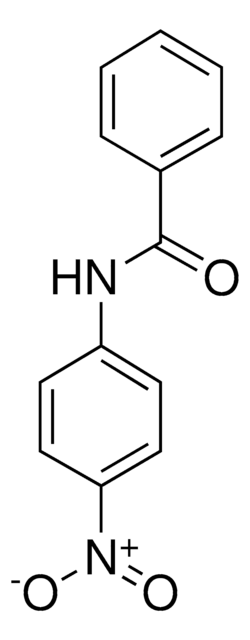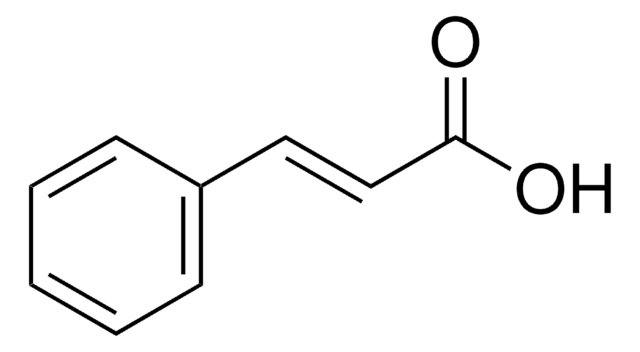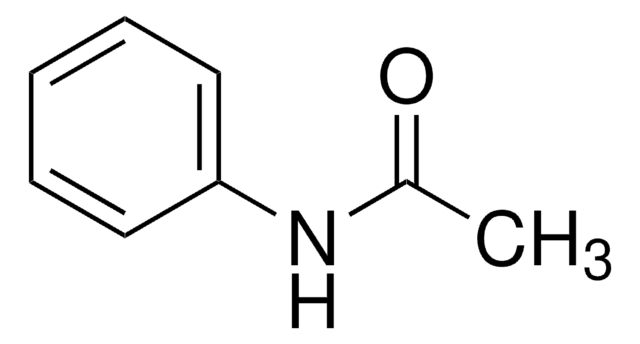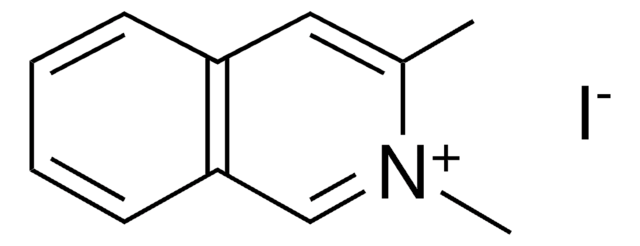MAB328-I
Anti-Oligodendrocytes Antibody, clone CE-1
Synonym(s):
Myelin-oligodendrocyte glycoprotein
About This Item
Recommended Products
biological source
mouse
Quality Level
antibody form
purified antibody
antibody product type
primary antibodies
clone
CE-1, monoclonal
purified by
affinity chromatography
species reactivity
rat, human, mouse
packaging
antibody small pack of 100 μg
technique(s)
immunocytochemistry: suitable
immunofluorescence: suitable
immunohistochemistry: suitable
western blot: suitable
isotype
IgM
epitope sequence
Unknown
storage temp.
2-8°C
target post-translational modification
unmodified
General description
Specificity
Immunogen
Application
Evaluated by Immunocytochemistry in Rat oligodendrocytes.
Immunocytochemistry Analysis: A 1:250 dilution of this antibody detected Rat Oligodendrocytes.
Tested Applications
Western Blotting Analysis: A representative lot detected Oligodendrocytes in Western Blotting application (Goolsby, J., et al. (2003). Proc Natl Acad Sci USA. 100(25):14926-31).
Immunocytochemistry Analysis: A representative lot detected Oligodendrocytes in Immunocytochemistry application (Goolsby, J., et al. (2003). Proc Natl Acad Sci USA. 100(25):14926-31; Glavaski-Joksimovic, A., et al. (2009). Neuroscience. 162(2):472-81).
Immunofluorescence Analysis: A representative lot detected Oligodendrocytes in Immunofluorescence applications (Dubreuil, C., et al. (2003). J Cell Biol. 162(2):233-43; Glavaski-Joksimovic, A., et al. (2009). Neuroscience. 162(2):472-81; Wuthrich, C., et al. (2012). J Neuropathol Exp Neurol. 71(1):54-65).
Immunohistochemistry Applications: A representative lot detected Oligodendrocytes in Immunohistochemistry applications (Dubreuil, C., et al. (2003). J Cell Biol. 162(2):233-43; Glavaski-Joksimovic, A., et al. (2009). Neuroscience. 162(2):472-81; Wuthrich, C., et al. (2012). J Neuropathol Exp Neurol. 71(1):54-65).
Note: Actual optimal working dilutions must be determined by end user as specimens, and experimental conditions may vary with the end user.
Physical form
Reconstitution
Storage and Stability
Other Notes
Disclaimer
Not finding the right product?
Try our Product Selector Tool.
Storage Class Code
12 - Non Combustible Liquids
WGK
WGK 2
Flash Point(F)
Not applicable
Flash Point(C)
Not applicable
Regulatory Information
Certificates of Analysis (COA)
Search for Certificates of Analysis (COA) by entering the products Lot/Batch Number. Lot and Batch Numbers can be found on a product’s label following the words ‘Lot’ or ‘Batch’.
Already Own This Product?
Find documentation for the products that you have recently purchased in the Document Library.
Our team of scientists has experience in all areas of research including Life Science, Material Science, Chemical Synthesis, Chromatography, Analytical and many others.
Contact Technical Service